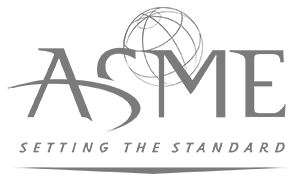IQ, OQ, and PQ- Understanding the Alphabetical Soup of Pharmaceutical Validation
In the high purity process world, we use validation as a method of establishing documented evidence that shows that we have a high degree of assurance that the manufacturing process will consistently yield a product of a predetermined quality. Failure to do this can have disastrous results, including the loss of time, money, and not to be overly dramatic- even lives. A few terms we here time and again when discussing the validation steps for a new piece of equipment are IQ, OQ, and PQ. This post will go over each of those terms and help you understand what they mean and why they are important.
To begin, IQ stands for installation qualification. IQ procedures will usually begin with examining a the materials of construction for the new piece of equipment. This means PMI, testing to make sure that tank is 316, that surfaces are electropolished to 15 Ra, and that all gaskets are USP Class VI platinum cured silicone. IQ procedures also mean ensuring your 5 HP motor is actually putting out the power of five horses and that it will work with your power source. Once we’ve performed the IQ, the end user can trust that the equipment will operate the way it is designed.
From the IQ, we go to OQ. OQ stands for operational qualification. This is where we begin to challenge the new piece of equipment. If we said that a utility heater can heat water from 50 F to 100 f in a half hour, then we need to test that that is true. If we have a tank and a spray ball we’ll do Riboflavin testing to assure complete coverage indexing. The key to this step is assuring that the equipment is hitting the specified operational requirements.
After the OQ comes PQ, or performance qualification. This is the final test step. Think of this step as a final run. All parameters and settings will be the same during this step as during production. This means pumping test product or filling test bottles to assure accuracy and sterility. We need this step to assure all production requirements are met by the piece of equipment.
The end goal of these steps is to assure end users and customers that they can use the new equipment with a piece of mind that it will work as specified. By taking these steps, we can really help customers quickly and efficiently bring in new pieces of equipment to optimize process. At Holland, we’ve been helping our customers accomplish this for over 60 years. While our customers and end users will often be developing the actual IQ and OQ protocols, Holland is able to offer full FAT capabilities, including Riboflavin testing, x-ray fluorescence PMI, steam utilities, and an array of power supplies, allowing us to fully support them prior to shipment. For any additional information regarding validation protocols or our FAT capabilities, contact a Holland Sales Engineer today.







